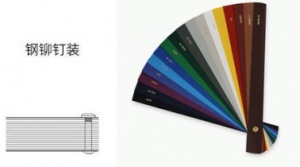The following is a paper book binding method, which is a common binding form for modern paper books and popular books. We can customize book binding and printing according to customers’ requirements.
1. Reel mounted
Scroll packaging refers to the packaging in painting scrolls, calligraphy and other works, divided into banner packaging and vertical packaging. After the invention of paper, it continued the style of simple silk and became the earliest form of binding, with the characteristics of traditional Chinese culture.
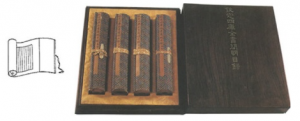
2. Ancient thread clothing
Ancient thread binding refers to the use of cotton thread and silk thread to drill the book signature from the spine to the book block about 10cm, and then thread the thread into a book. There are more vertical right-hand books. When designing threading, various shapes and patterns can be knitted, but the position of the hole should not be too close to the spine of the book. It is not advisable to unfold the ancient thread when it is opened, and leave a little more center line at the opening. The ancient thread is threaded by hand, so the cost is relatively high.
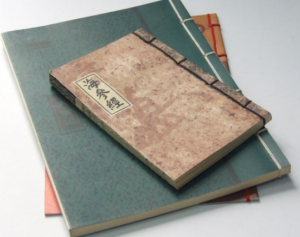
3. Sewing thread equipment
Sewing thread clothing is a derivative of ancient thread clothing, which uses a sewing machine to thread the needle thread to bind it. This type of binding is only suitable for relatively thin books.
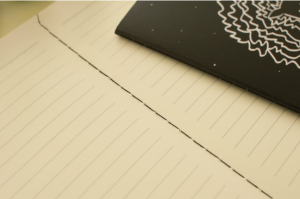
4. After folding
The folded package is also called the organ package. Refers to cutting the printed product into thin strips, folding the thin strips into several folds using the method of folding left and right, and then connecting the long strip books with glue. There are more vertical right-hand books. Both the front and back of the folding can be printed. Generally, 3P is used as a unit for adhesion, and the overall P number does not need to be calculated, but it is necessary to design whether the position of the start page and end page is left or right. The cost of handwork after folding is higher, and there are more defective products.
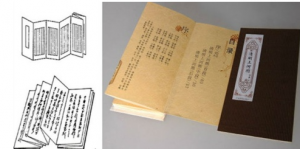
5. Butterfly costume
The butterfly package is a derivative product of the folded package. Generally, single-sided printing is used. The paper with the text printed on it is folded in half, and then the center seam is used as the standard. All the page numbers are aligned, paste on the other fold, and then cut Qi Chengshu. The butterfly outfit is called “butterfly outfit” because it looks like butterfly wings when the page is flipped through.
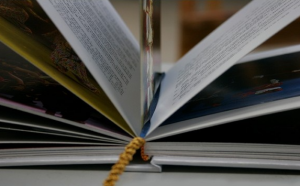
6. Saddle Studs
Saddle stitching is the most common binding method. This type of method requires dividing the pages of the book in two and binding them along the center seam with staples. Saddle studs are suitable for periodicals and picture albums with few pages, and the limit thickness should be less than 5mm.
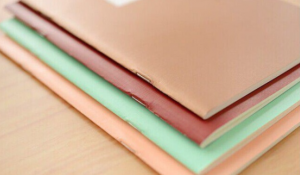
7. Wireless plastic assembly
Wireless glue binding refers to a binding method in which the inner pages and the middle of the spine are bonded with hot melt glue, and then glued together with the cover and back cover and the spine. Generally, it is used for books and periodicals whose inner pages are less than 157g. Wireless plastic binding can be mass-produced, but books should not be too thick, and pages are easy to fall off during use.
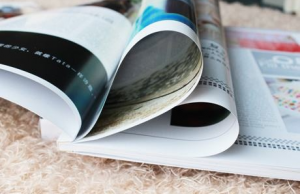
8. Locking plastic assembly
Thread-locking glue binding means that all the signatures are stitched up and down by weaving thread on the spine of the book, and then glued with hot melt glue. This kind of binding method can increase the firmness of binding for thicker books; thinner books can also be used for binding with thread binding, but the minimum price is 16 pages, and the price is not much different from that of wireless binding; books that are too thin can not be locked Line glue.
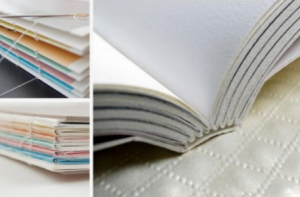
9. Naked back
The naked back is a derivative of the stitched plastic. Refers to a design in which the spine of the book is completely removed and the lock line is exposed. The cover and back cover are usually made of gray board or wood, which has the advantage that there is no flat or broken spine. The thread can adopt different colors to form different patterns.
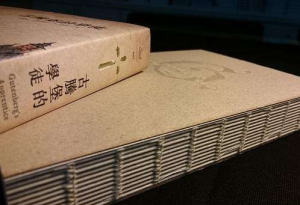
10. Loose-leaf
Loose-leaf binding refers to a binding method that can be disassembled and replaced at any time without damaging the binding appearance of the book. The binding materials of loose-leaf binding are stainless steel and plastic. Generally, the number of page holes in the binding process is 3-4.
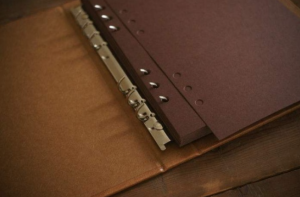
11. Double coil
Double coils are also called YO coils (Wire-O-Binding) and O-coils. Common binding materials for double coils are divided into two types: plastic-sprayed steel coils and plastic coils. Double coils are generally regarded as fixed binding, but some plastic coils can be removed without damaging the inner pages, and can be bound from the beginning when required.
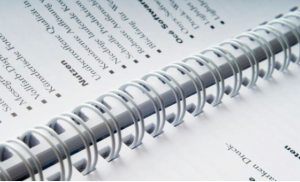
12. Rivet installation
The rivet binding is a method of punching a hole on the edge of all inner pages and fixing it by a rivet. The binding method of the inner pages is opened in a rotating fan shape.
